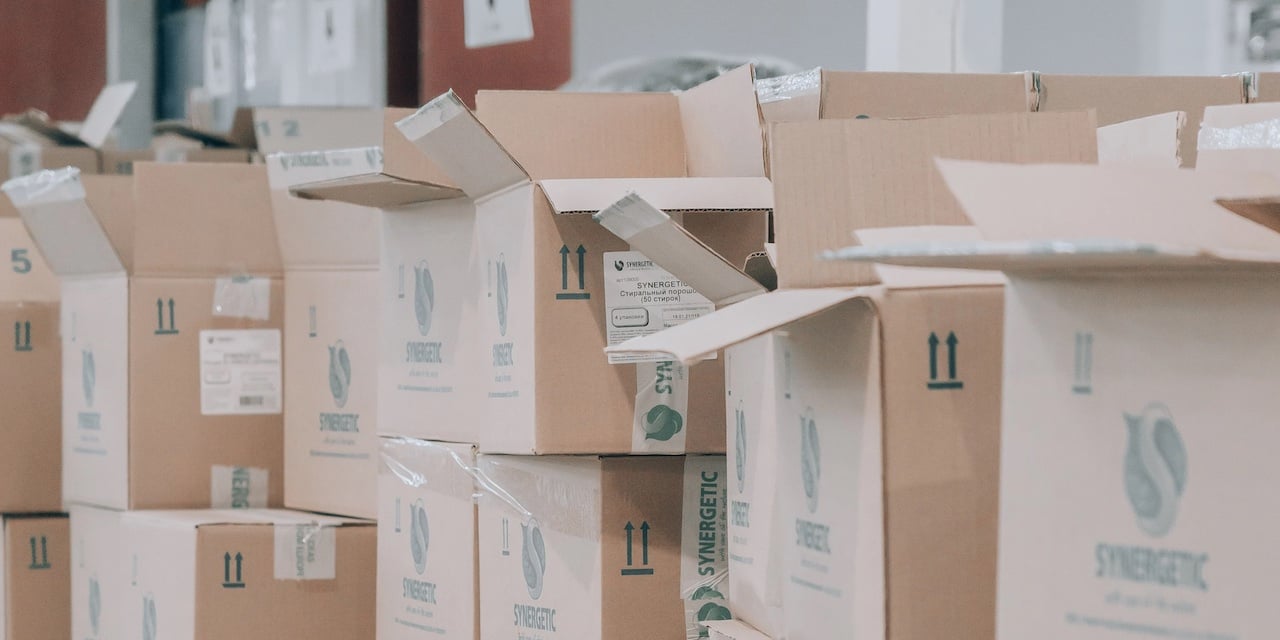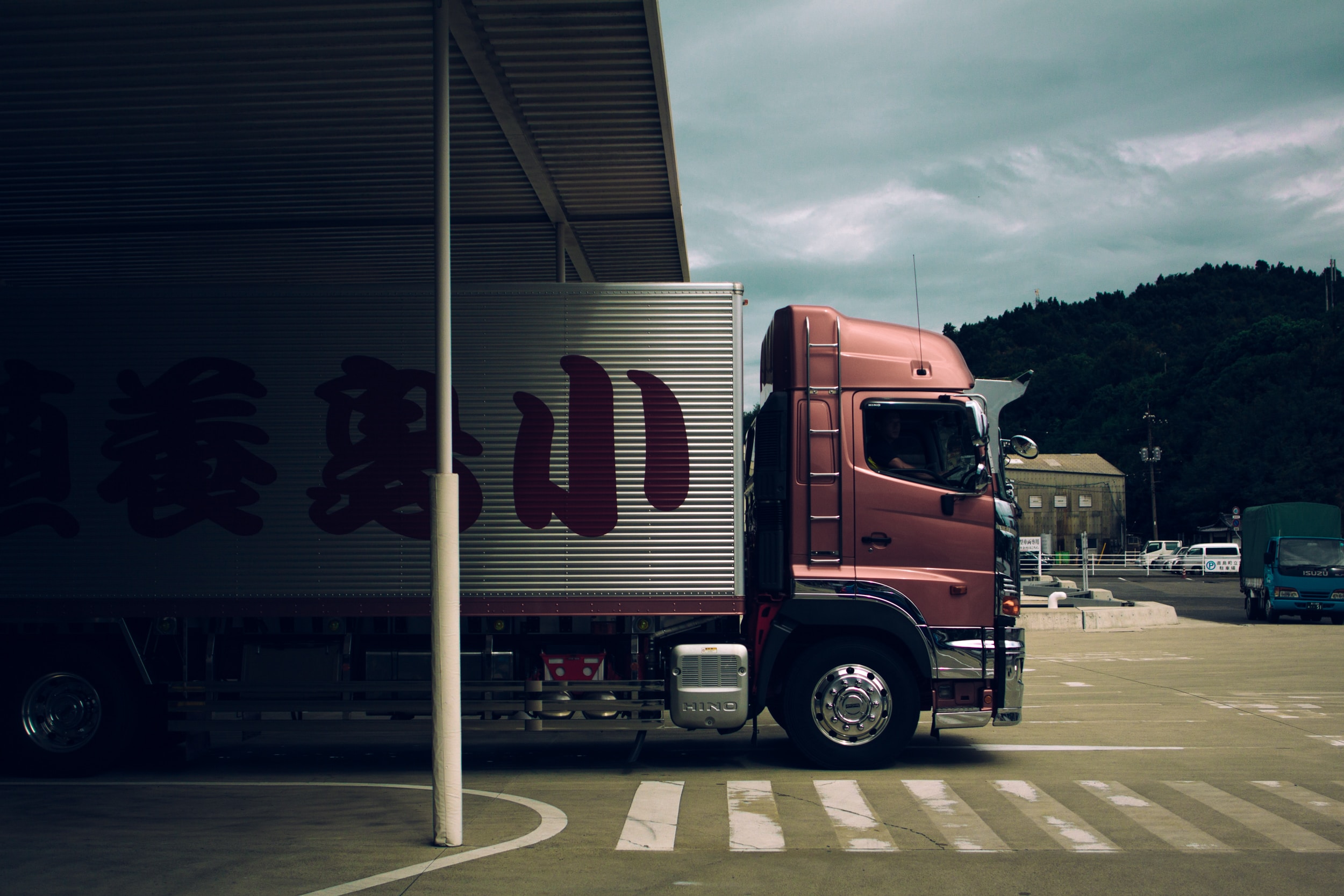In order to answer your request, we are obligated to process the data given above. Sometimes, however, we would like to use them for slightly different purposes, such as statistical data or informing you about our new products and services.We promise that we will use the given information for communication purposes only. We also remind you that you can unsubscribe from our mailing at any time (see Privacy Policy).
In an ideal world, plans and assumptions translate into reality. It's great to imagine that the purchasing process goes without a hitch, we have a product with selling potential interesting for the consumer and the entire order fulfillment is a matter of 1-2 days. But what if it turns out that we are in peak season, the warehouse has a certain capacity, and we can't exactly predict which product will become a hit? Then in our perfect vision, we need to make space for back-orders and the knowledge of how to deal with them.
What does back-order mean?
Let's start with the backorder definition. It is something that happens relatively often in the ecommerce channel. In simple terms, backorder is an order placed for a product that is out of stock but we are expecting delivery soon, on a specific date. This can be caused by various situations, e.g. an increased number of orders during high season, back on the sale of an item that has been unavailable for a long time, or sometimes during regular sales when bad inventory management results in low safety stock, in other words when demand exceeds supply.
Knowing that the warehouse will be restocked promptly, an online store can offer backorders to customers to sell the product right away, postponing its fulfillment until the warehouse is resupplied. If the purchase order consists of more products, it can be split up. The available products are shipped immediately and backordered items just after restock.
Backorder vs. out of stock
There is also a fundamental difference between backorder meaning and out-of-stock terms. When the item is out of stock an online shop does not have it in a warehouse and its availability from distributors or manufacturers is low. This often applies to seasonal trends or limited-edition products. The restocking date is mostly unknown.
How do back orders affect supply chains?
For sure back orders affect several aspects of the supply chain and the reasons why they occur are not always predictable.
Firstly, they are related to ecommerce fulfillment solutions and inventory management systems.
If we are talking about a company that works in a dropshipping model of ecommerce fulfillment, backorders will often be an integral part of their everyday life.
Let us recall what this model is all about: dropshipping.
In this ecommerce fulfillment type products available on the marketplace or website are physically located in the manufacturer’s warehouse. All logistical issues as storage, packaging, and shipping are on the producer’s side. In a such case, coordinating and fulfilling orders from different suppliers can be difficult.
In a situation where an online shop does not have its stock, backorders may be the only way to proceed. Sometimes an order to manufacturer or supplier can be placed only when enough backorders from customers have been received. In this way costs of inventory carrying can be eliminated. However, this solution is only suitable for small retailers.
Sometimes backorders are also related to the size of the warehouse. Although as an ecommerce we would like to be prepared for any volume of orders, a warehouse with a limited capacity will force us to make compromises. Therefore, the stock items should be selected carefully to avoid overcrowding. A solution that may save the situation in some way is to keep an eye on the availability of goods from suppliers or manufacturers and accept backorders. Then is a chance that the whole process will be under control.
Secondly, the appearance of backorder is influenced by consumer behavior and unusual demand for a particular item. Unexpected interest in a product, especially during the high season, can become difficult to deal with. When additional stocks become insufficient there are two options then: the retailer can inform that the product is out of stock and send customers to one of the competitors, or they can agree to backorders, extend the delivery time and fulfill orders when items appear in stock again (if it is sure that will happen soon).
Thirdly, it is important to bear in mind how previously mentioned links affect the supply chains. It is impossible to avoid the fact that back ordered products put additional demands on suppliers and manufacturers. To meet the highest demand for a given product, they need to secure materials for increasing production capacity. Depending on the origin and availability of raw materials, the whole process may take longer than usual. If problems arise at the stage of obtaining materials or stock of the final product on supplier’s or producer’s warehouse will be not enough, it may be impossible to fulfill the backorders. Then the burden of this problem is moved up the supply chain, which can result in the cancellation of backorders and customer dissatisfaction.
There could also be a problem with the reason for the increased interest in the product. Is this a temporary blip? Or will the high demand continue? Here, market insights are a must. There is a regular cycle in the supply chain, and the over-correction of this cycle can cause retailers the excess stock. Where the longer and more complex the supply chain and the contact between the production company and the final destination, the more difficult it will be to predict market behavior. Besides, too many backorders can cause chaos.
Backorders vs. Customer Service
We all know that a key area of ecommerce activity is customer service. The way of communication with clients and the way of fulfilling orders have an impact on the shopping experience. Living in the habit of instant order processing and easy availability of products, customers will not always want to wait. Even if we accept backorders, we can expect that some of the customers will start looking for the product they are interested in elsewhere anyway.
-
Clear communication
It is worthwhile to focus on simple messages. Information about out-of-stock should already appear on the product card, together with the estimated date of reappearance. This way the customer can make a choice - wait for the replenishment of stocks because the waiting time will suit him or immediately decide to look for the product in other e-shops. The worst option is to inform the customer about the unavailability of the item on the order summary page.
-
Notification of availability
Allowing clients to sign up for notification of product availability is a good solution for several reasons. For one thing, the customer gets another option to choose from. If someone has not decided to buy but is still interested, they are likely to use this option. On the other hand, the number of sign-ups for notification is an approximation of the customer demand and can be an indication of why backorders occur.
-
Information mailing
Inform customers about any changes or delays in backorders. They need to receive shipping notifications too. It is not worth letting a situation where the customer does not know what is happening and becomes frustrating.
Also, the way how online stores keep customers informed about the estimated time of items restock is important. Once all backorders have been processed and the safety stock has been filled, it is a good idea to prepare a personalized email inviting to the purchase order.
Backorders Best Practices for high season 2021
Although backorders are partly unpredictable, it is wise to prepare for them effectively and minimize their occurrence:
- Analyze historical data, backorder rate, and a completed sale. Maintain regular contact with your suppliers, monitor additional stock levels, and check the availability of popular products in your supply chain. Remember that supplier lead time can change. All these actions will help to manage backorders better.
- Try to collect as many back ordered items as possible before informing customers of their return.
- Set the time at which your ecommerce will process backorders for a given product. This time frame will be the reference for collecting orders from your customers and processing them.
- Make every effort to fulfill purchase orders within the agreed time frame. You have to reckon with the fact that buying an extra batch of a product or working with different suppliers will turn out to be more expensive than before. Is one of the backorder costs.
- Take care of your customers, keep them informed and in the event of cancellation be prepared to refund promptly. Customers' happiness is something you work for.
Pssst...
(If you're curious about how Linker Cloud manages stocks, be sure to read our Tech Overview series).
.png?width=1170&name=MicrosoftTeams-image%20(7).png)
Use Linker's fulfillment platform and control your inventory management better
The solution we offer is to join a global fulfillment network, which allows you to establish effective business relationships and outsource order fulfillment to companies specialized in it. As a result, issues raised in the article, related to the size of the storage area, effective inventory management, and maintaining a sufficient amount of safety stock will no longer be a worry. Thanks to all these improvements, backorders can be effectively minimized and, if they happen, better managed.
One of the advantages of our solution is also the OMS system - Order Management System Software we have created. By using the whole package of our services, you can have full control over backorder fulfillment and see at what stage the order is.
At every step of implementation, we provide expert support and a seamless connection between your shop and fulfillment partner.
Join us and increase the chance to grow!





